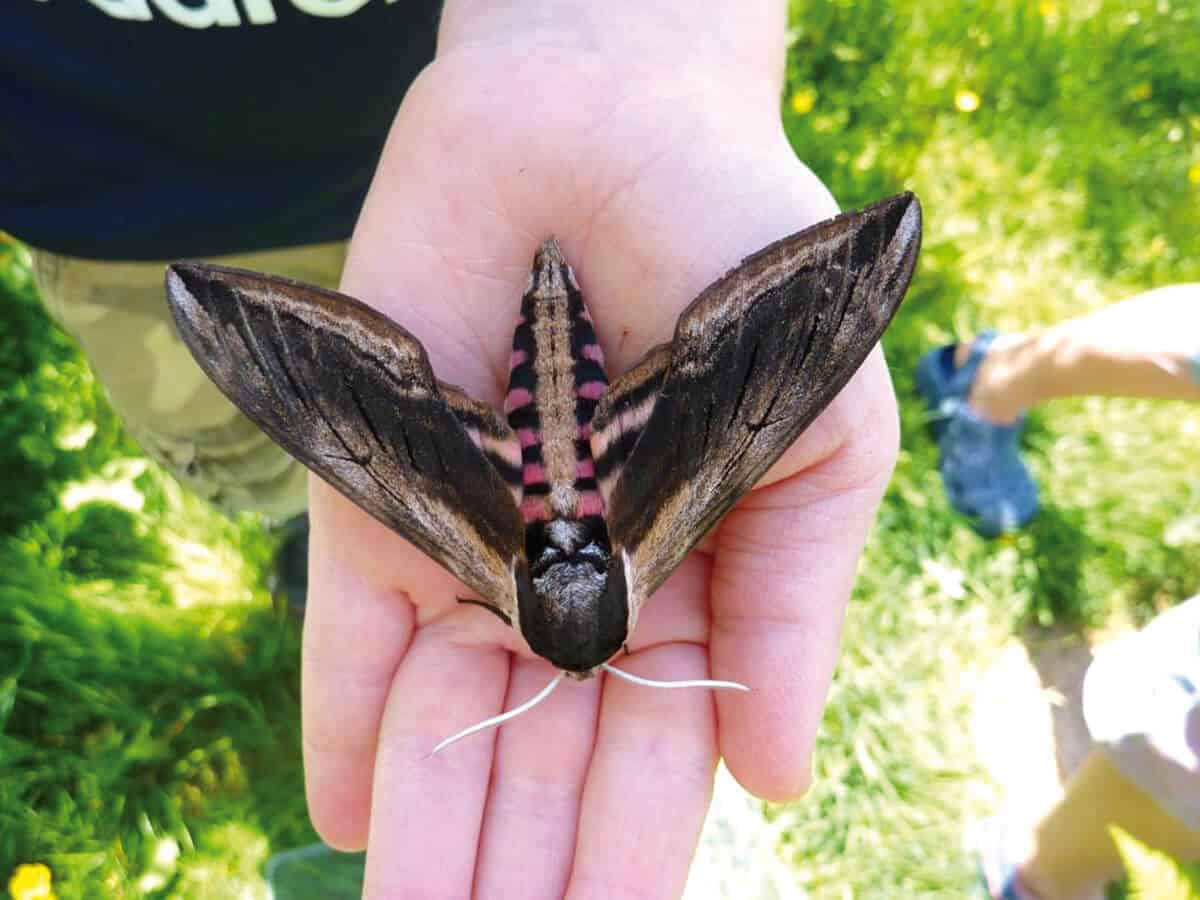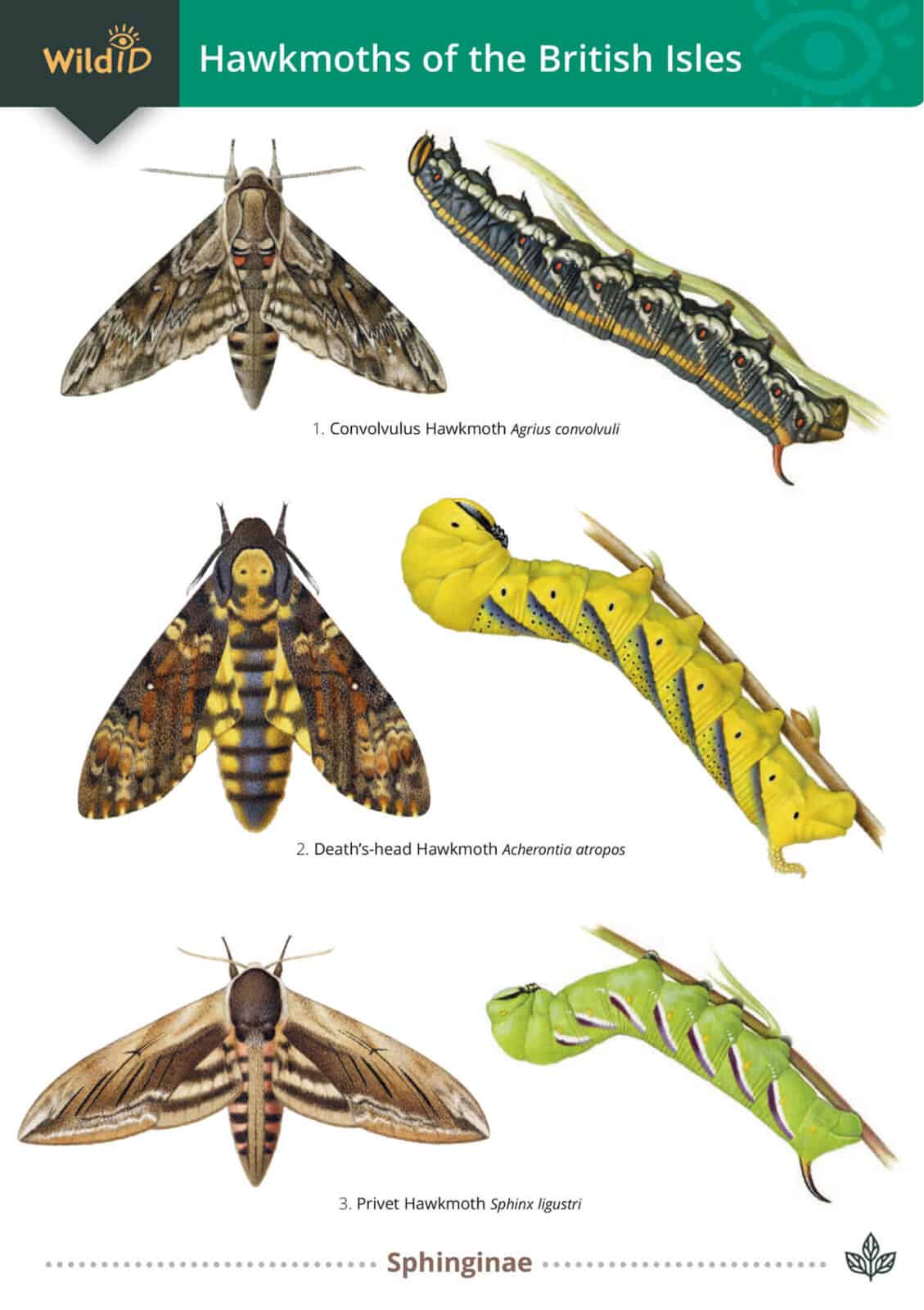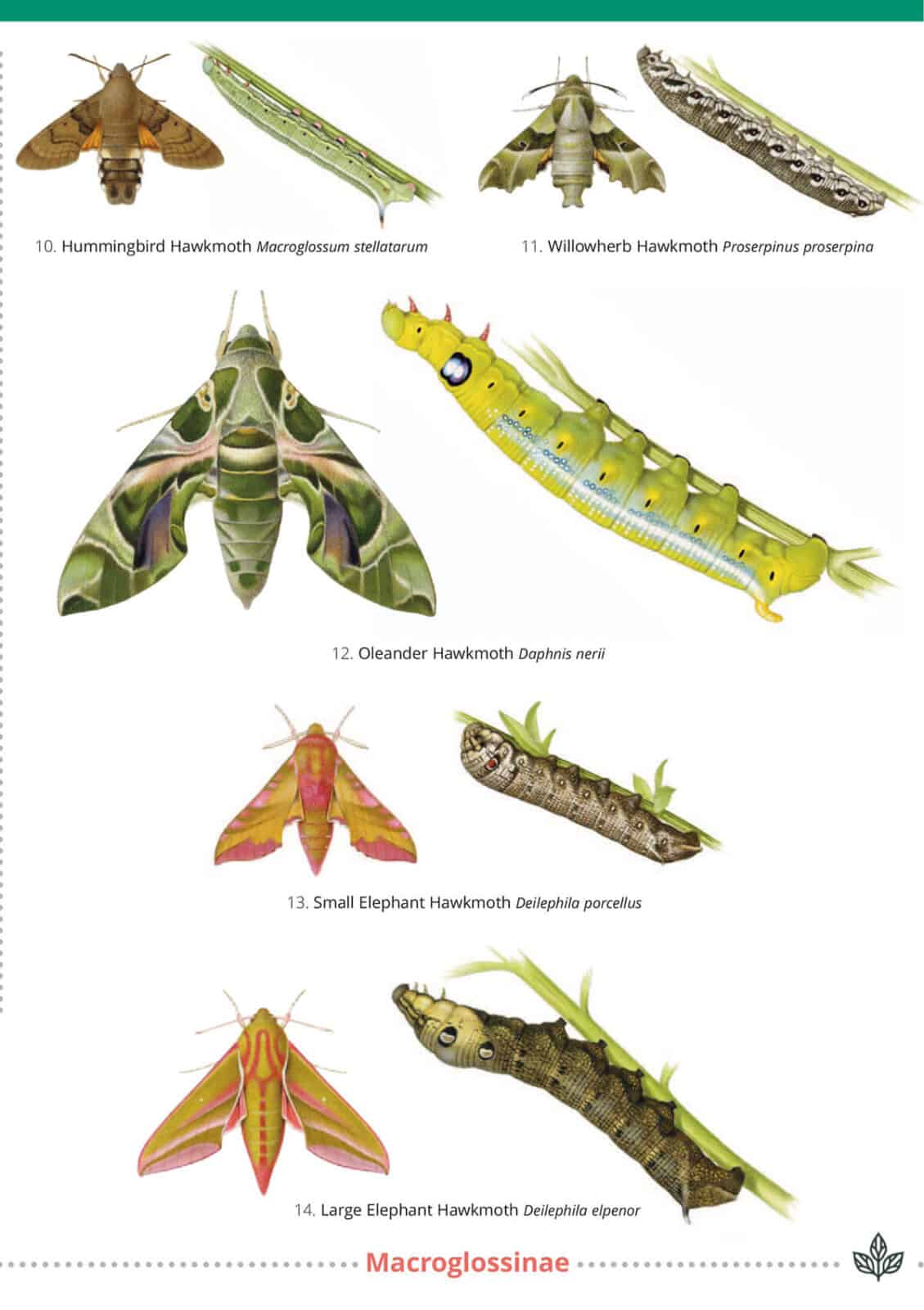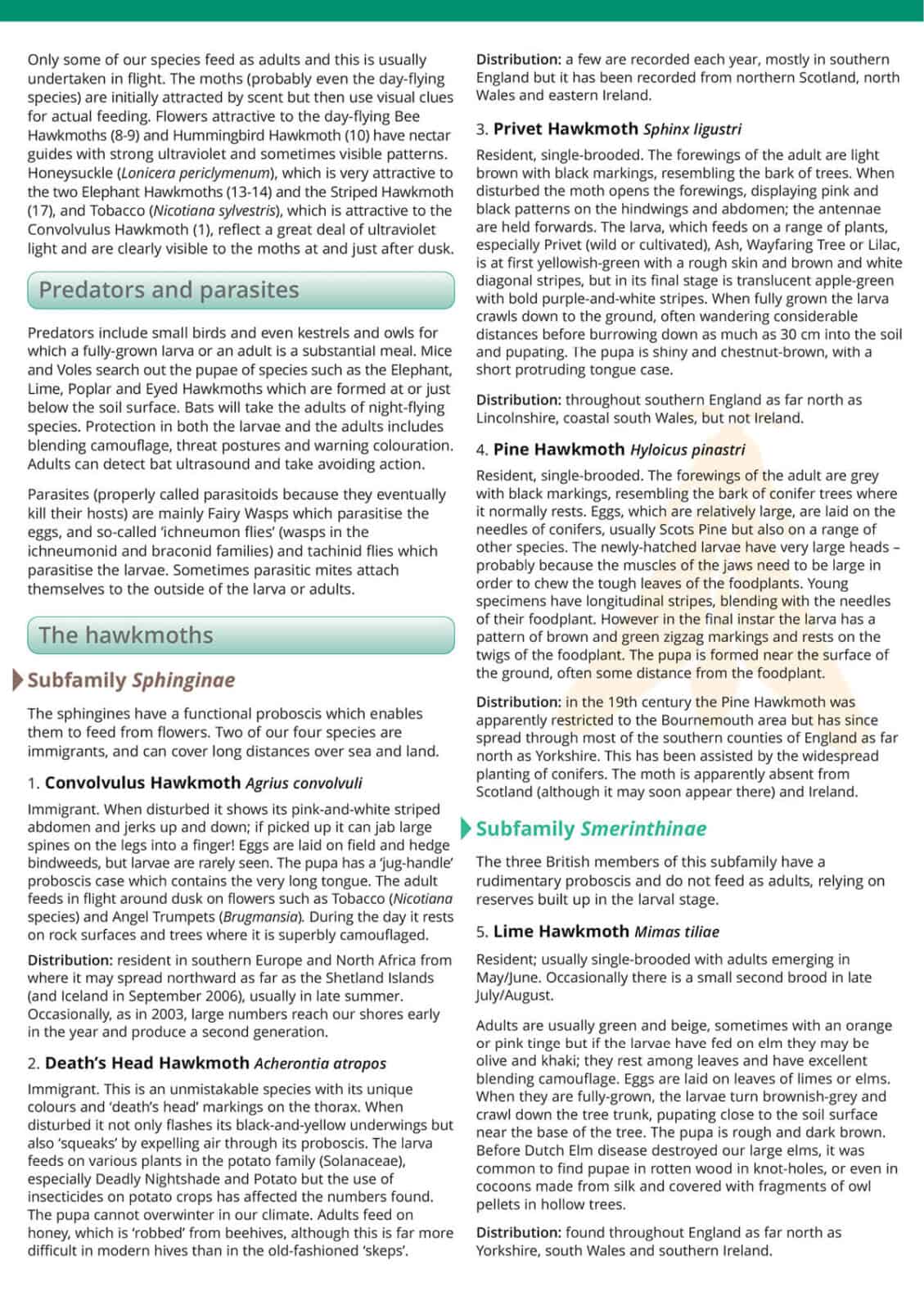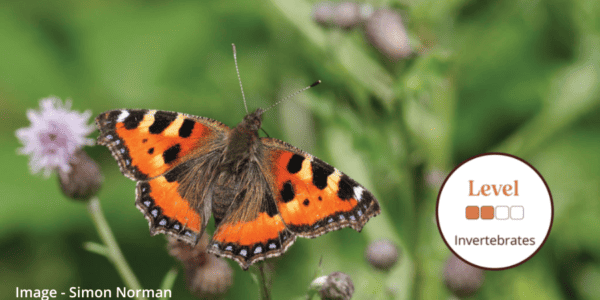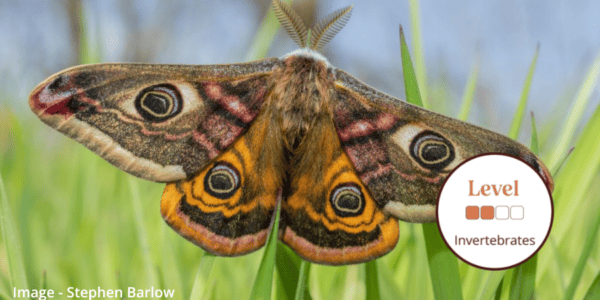Hawkmoths guide
The Hawkmoths guide features the adults and caterpillars of 18 British species of hawkmoths.
Hawkmoths are some of the most spectacular insects in Britain and Ireland. Although they look exotic, they are actually surprisingly common. Adult elephant, poplar, privet and lime hawkmoths fly at dusk and rest on tree trunks. Snake-like hawkmoth caterpillars crawl through many gardens, parks and open spaces. And an unforgettable sight is the day-flying hummingbird hawkmoth, using its long proboscis to feed on deep flowers like honeysuckle and red valerian.
Beautiful paintings by Richard Lewington show both the adults and the caterpillars of all 18 species on the British and Irish list. You can use the accompanying text, which covers the distribution, larval food plants and adult emergence time of each hawkmoth, to confirm your identification.
Nine of the hawkmoth species are residents, while the other nine are summer migrants. Migration from southern Europe can start as early as February. Later in the year multiple waves of migration take place across the south and east coasts during settled periods of fine weather.
Like all moths and butterflies, hawkmoths have a four stage life cycle: egg, larva (caterpillar), pupa and adult. Eggs are laid singly, concealed under leaves or on buds of the food plants. After hatching the larva passes through five stages, becoming larger as it grows. A useful hawkmoth identification clue is the hooked tail horn of the larvae, present in almost all our species. When the larva is fully grown it moves to the ground to pupate. Later the emerging adult splits the hard pupal case and crawls away to finish developing its wings. Only some of our species feed as adults.

